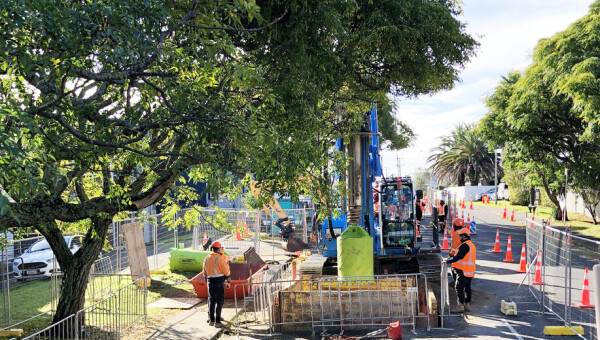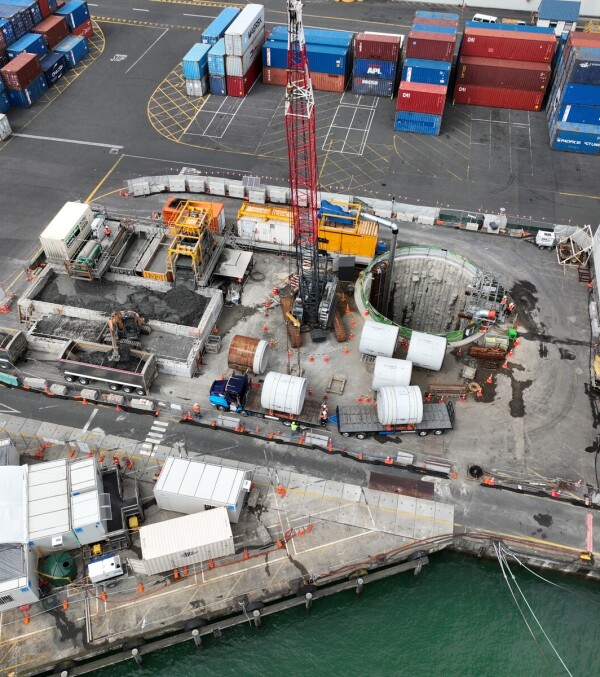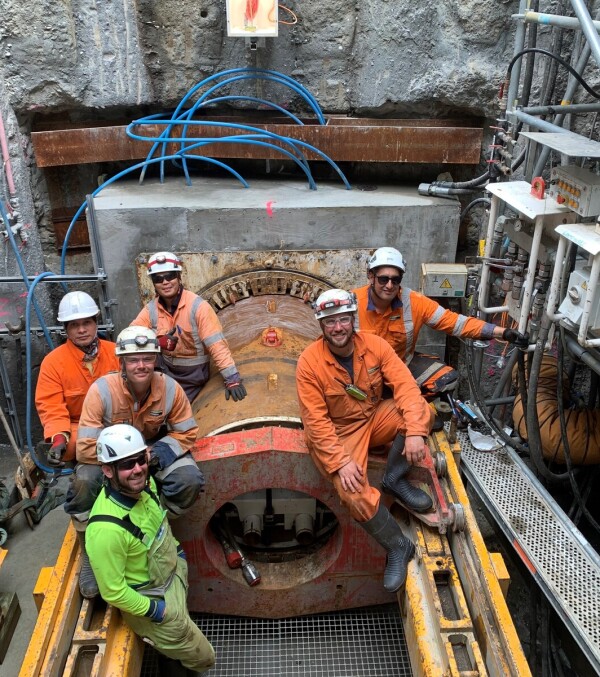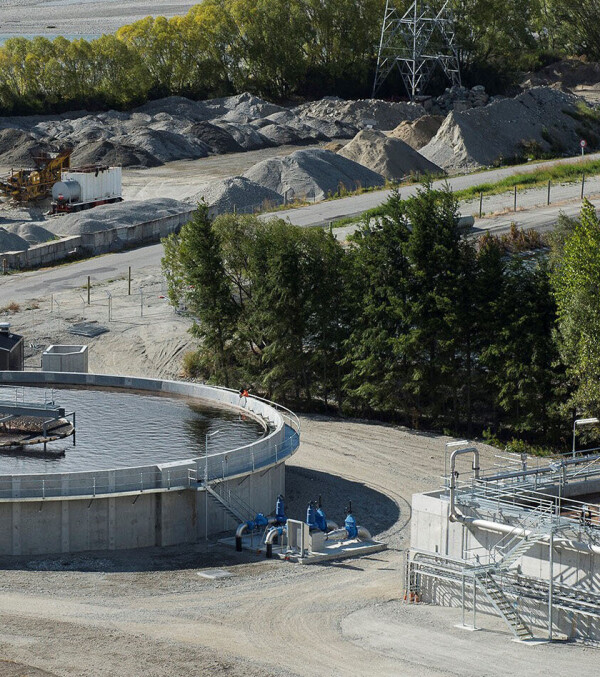|
Customer: Fletcher Acciona Joint Venture Contract: Construct only Location: Warkworth, Auckland |
Fast Facts
|
Using a mix of open trench and pipe-jacking (to mitigate traffic impacts), we upgraded a major stormwater culvert under New Zealand's State Highway 1 (SH1). This was the first time pipe-jacking was used to tunnel under SH1.
The new 'Northern Connection (NX) E530 Culvert' was needed for the widening of SH1 between Hudson Road and the Northern Connection and replaced an existing smaller culvert.
The new 2.4 m diameter culvert diverts and connects two existing watercourses, approximately 110 m apart, via an inlet and outlet structure with low flow channels.
Our scope of works included the construction and installation of:
- 2.4 m dia. IWJ / RCRRJ pipe approximately 40 m by pipe jacking and 70 m by open cut methods
- A temporary launch shaft for the pipe jack
- A temporary receiving pit for the pipe jack
- Permanent headwall and wingwall structures with associated aprons at the inlet and outlet
- Backfill over the installed pipeline and around inlet/outlet structures
- A continuous handrail safety barrier to headwall and wingwall structures
- Fish passage baffles in the completed culvert
The challenge
The culvert crosses underneath SH1, parallel to the new intersection of Matakana Link Road which was under construction at the time. This resulted in extremely high traffic volumes during delivery of the project.
The solution
Instead of digging up the road in two halves, building the culvert and then burying it again, it was hydraulically pushed under SH1 using advanced pipe-jacking technology.
Excavation were carried out primarily using a hydraulic backhoe mounted inside the first pipe, with spoil removed by portable conveyors at the face and rail-mounted muck skips to manually haul the spoil out of the tunnel and then lifting it out by crane. The precast jacking pipes were installed on a cradle at the bottom of the jacking pit at the end of each advance. The entire pipeline and shield were pushed into the ground by means of a jacking frame fixed onto the back wall of the shaft. Tunnel services including lighting, power, communications, compressed air and ventilation were extended as required as the excavation progressed.
Pipe-jacking is a Tunnelling Operation in accordance with the Health and Safety at Work (Mining Operations and Quarrying Operations) Regulations 2016. The legislation and rules are the same as for any other major underground infrastructure project.
Key to success
The culvert was installed by means of a semi-mechanised open-face form of tunnelling using a shield, mechanical and hand excavation to deal with a wide variety of ground conditions and obstacles that were encountered.
Because this was classed as a mining operation, the crew continued the long-standing tradition of placing a small statue/shrine to Saint Barbara at the tunnel portal to provide protection to all those who worked on the project. Shown in the photo gallery below.
Construction started in November 2021 and works were successfully completed in March 2022.








